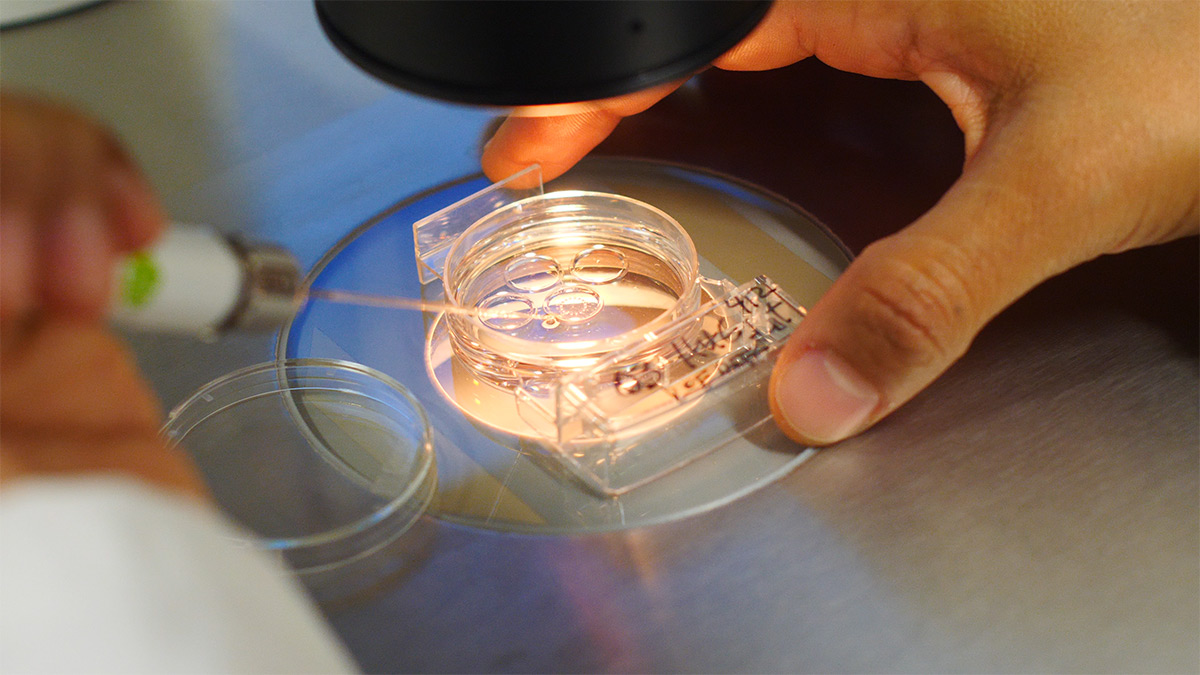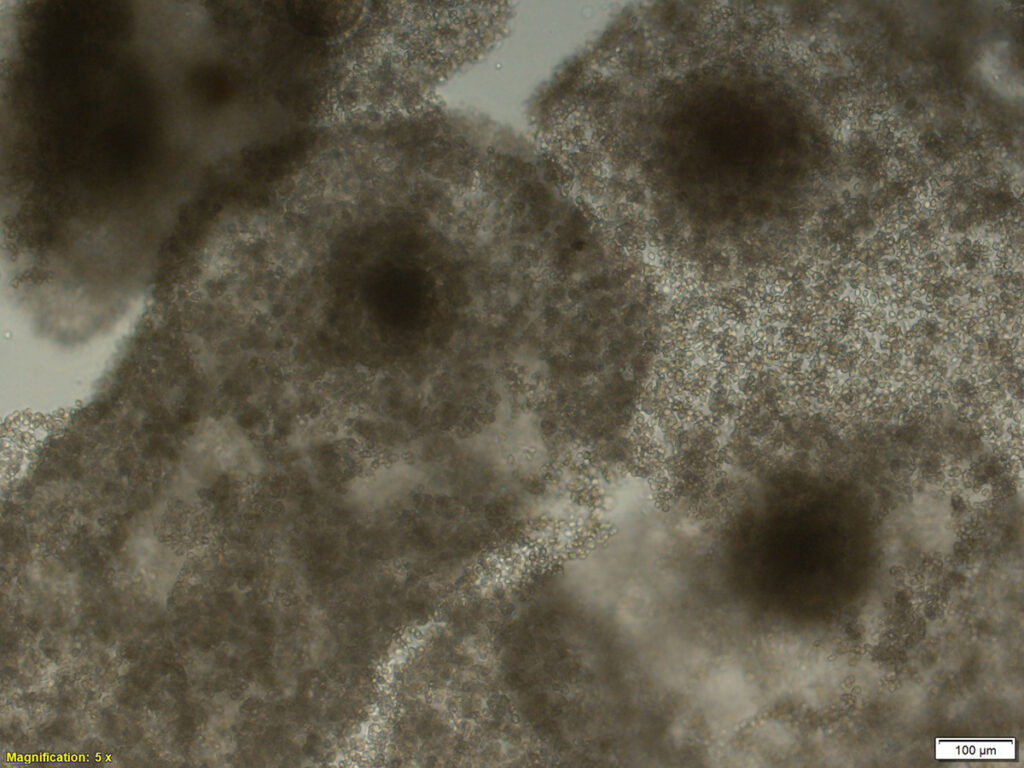When the desire to have children remains unfulfilled

Thousands of couples in Switzerland are unable to conceive naturally. To fulfil their desire for children, assisted reproductive technologies are available. These are likewise implemented in domestic, farm and wild animals. Joint fertility research by clinicians, veterinarians and animal scientists is leading to promising new methods.

Parenthood is a miracle of nature. After an egg and a sperm have combined their genetic material, a new organism is formed. Pregnancy finally results in the birth of a new life. For millions of years, the development of humanity has taken place in such a seemingly simple way. Yet the processes are very complicated – and still not fully understood to date.
Indeed, conceiving naturally is not always easy. For thousands of couples in Switzerland, the desire to have children remains unfulfilled. In the last decades, very different reasons have been accounted for. So-called assisted reproductive technologies (ART) can help affected couples. These include the freezing of eggs, sperm and embryos, artificial insemination, hormonal stimulation, in vitro fertilisation and embryo transfer.
Assisted reproductive technologies are not only used in humans. What is intended by nature also does not always succeed in the animal kingdom, including domestic, farm and wild animals. This is of great concern, specifically for animal species that are threatened with extinction.
Although various technologies are already being successfully applied, clinicians, veterinarians and biologists still face major challenges. At our stand, you will learn how promising new methods are emerging to tackle infertility when human medicine and animal sciences conduct joint research.
Early embryonic development of in cattle in time-lapse: 30 seconds in the film correspond to one day (24h).

